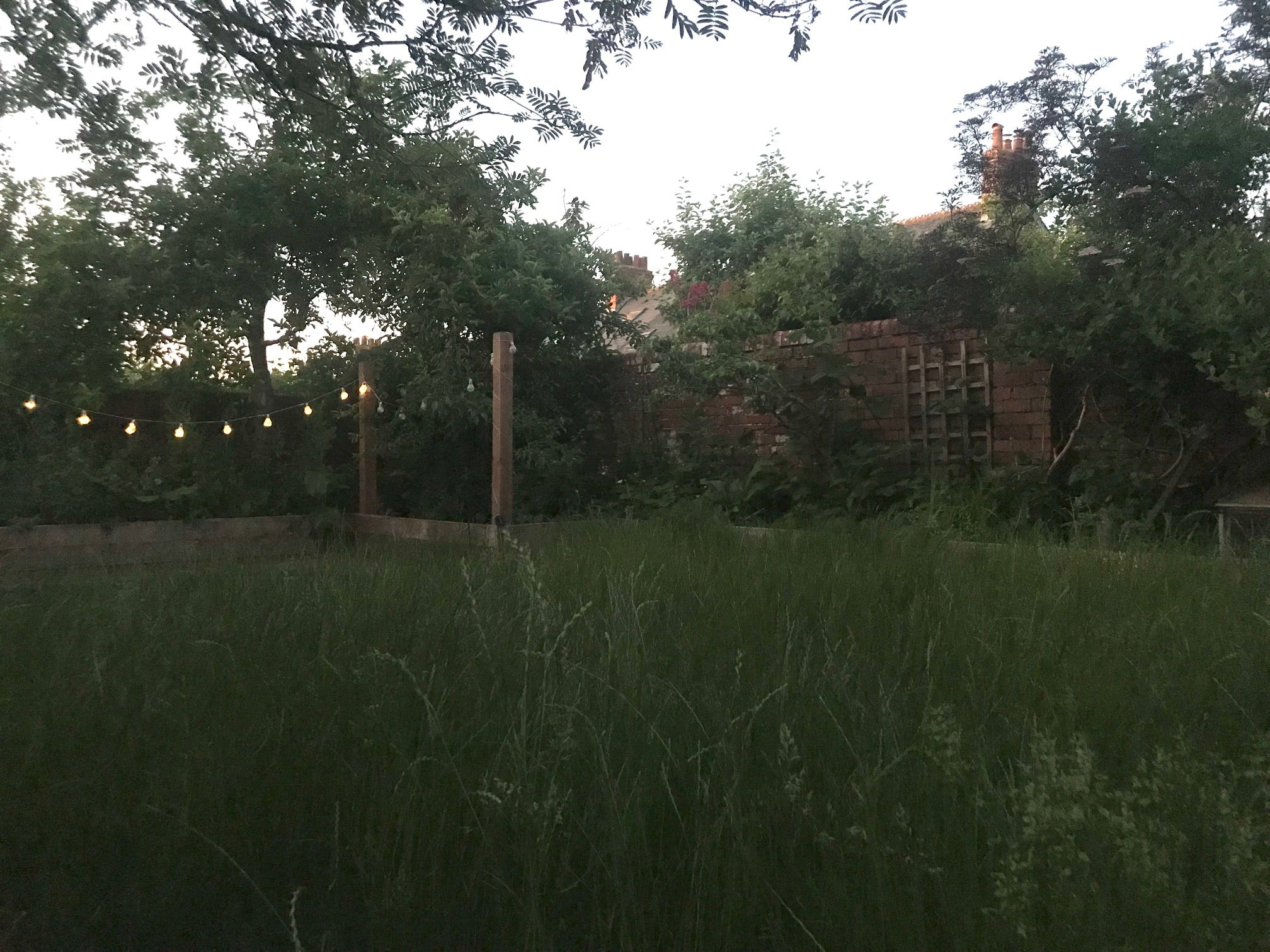Why tidying up might be the undoing of us
A more sustainable life means even our home looks different from the others on the street these days. But the urge to conform is strong, says Kate Hughes


Ours is a nation of nosey buggers. We like nothing more than a good crane over a hedge and the slow-stepping consideration of the merits – or, even more delicious, the failings – of the neighbourhood frontage.
It’s surely the basis for the competitive mowing that has interrupted the kids’ startlingly well-lit midsummer bedtimes recently – the relentless drone of early evening grassy buzz cuts. We must, the frequency of it all suggests, be surrounded by bowling green lawns and perfect, regimented borders.
Set aside the Nineties movie-based suspicion that the tidier the home, the more psychopathic the tendencies of its occupants, and these are the homes we grudgingly admire for their calm order – for the certainty and peace that the occupants must surely enjoy as the rest of the world battles a stream of never-ending chaos.
If their millimetre-high grass and weed-free paths could talk, they would yell that “these people are winning at life” as we pass.
Ours really wouldn’t. And it has been making me twitchy for months.
When the call went out to make our gardens more wildlife-friendly, we jumped at it. Or rather, we sat down in a heap, relieved that we now had an excuse not to drag the mower out. “No Mow May” was music to our ears.
The idea is a sound and important one too.
We know insects play a fundamental role in the processes that support a massive array of other living organisms, both directly and indirectly, not least ourselves. They’re the early warning system for ecosystems, and their numbers are plummeting in the UK and around the world thanks to habitat loss, urbanisation, pesticides, fertilisers, some veterinary medicines and, of course, climate change.
Of the 2,430 insect species present in the UK in the 1970s, 55 are now extinct, and 286 are threatened. Total insect biomass has “declined sharply”, according to evidence presented to parliament last year.
Clearly, our little individual patches are more important than ever in creating and preserving varied, pollen-rich plants, cover and habitats.
And if we can do something about all this by effectively ignoring the garden, aside from encouraging the kids to happily scatter wildflower seeds in abandoned corners, we must be on to a winner.
With words such as “rewilding” and “wildflower meadow” being bandied about, all in aid of boosting biodiversity, particularly insect and invertebrate populations in mini oases (or, better yet, wildlife corridors) weaving through concrete and tarmac deserts, we had visions of swathes of lush colour rippling in the dappled evening light without us having lifted a finger.
This, we thought as we ditched the clippers and cracked open the vino while the kids entertained themselves for hours digging water-filled craters in the mud all in the name of habitat creation, was genius.
The reality is turning out somewhat differently. While about four ox-eye daisies are doing their best to deliver the dream, what we’ve actually cultivated is an impenetrable thicket of bramble and bindweed. This is not what I had in my head.
The lawn out the back is decidedly more successful, and for a moment, you can enjoy a self-satisfied moment swishing through the now waist-high grass, raising a pleasing cloud of little specks that will literally come back to bite you later.
I couldn’t resist the urge to make it all seem a bit more deliberate, more contained, more controlled. Less natural
But the tiny square at the front has, for months now, looked like what it is – abandoned. No poppies, no charming flowering weeds, nothing except the odd thistle and some confused blades of stunted grass.
In a bid to suggest that there was actually a plan, and that the mower hadn’t just broken sometime back in lockdown one, I caved and tidied it. Just a bit, with a nice neat, delineating row of lavender. I like to pretend that I did it for the bees, but that’s clearly total rubbish. I couldn’t resist the urge to make it all seem a bit more deliberate, more contained, more controlled. Less natural.
There’s another problem too. With the restrictions on gatherings continuing to ease, people may once again be coming over to ours at some point in the future. If the rain ever stops, they may actually want to go outside. In which case they’ll be met with less naturally wonderland, more suburban wasteland.
I’m promised that next year will be different. That the many, many packets of seeds the kids have flung about will finally make their presence felt. In the meantime, we have to be strong. We have to resist the urge to cut the grass.
Join our commenting forum
Join thought-provoking conversations, follow other Independent readers and see their replies
Comments